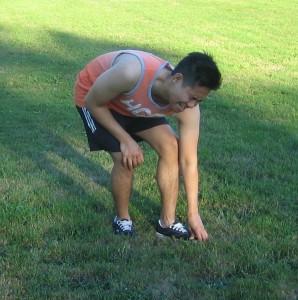A toe fracture involves a break in one or several toe bones. The injury might only involve a small break in the bone or the bone itself is shattered into pieces. The damage might occur in several areas or only in a joint amidst the toes. In severe cases, the bone might protrude out of the skin.
The injury is generally due to the twisting of the foot or sustaining a direct strike. In some cases, certain medical conditions that leads to weak or brittle bones puts one at higher risk for the injury.
What are the indications?
The usual signs that might manifest include:
- Pain, bruising, swelling or tenderness that arises after the injury
- Discomfort when the site is touched or prevents the individual from placing any weight on the affected toe
- Loss of a toenail

Pain, bruising, swelling or tenderness that arises after the injury. - Changes or evident deformity of the toe
- Toe is pale, cold or numb
Management of a toe fracture
The treatment for a toe fracture is based on the type of injury:
- If a toe fracture is accompanied by an open wound, the aim of treatment is to control the bleeding or lower the risk for infection
- The fractured toe is taped to the adjacent toe as it recuperates
- Surgery or a walking cast is required to fix the fracture in rare instances.
- The individual is encouraged to wear shoes with a stiff sole or special boot
With proper treatment, a toe fracture usually takes up to 6 weeks to fully heal. The individual is given special exercises to strengthen and maintain flexibility.
Quick Note / Disclaimer
The material posted on this page on a toe fracture is for learning and educational purposes only. To learn how it is managed, register for a first aid and CPR course with Saskatoon First Aid.

